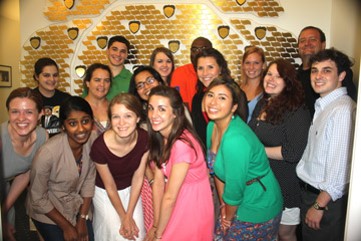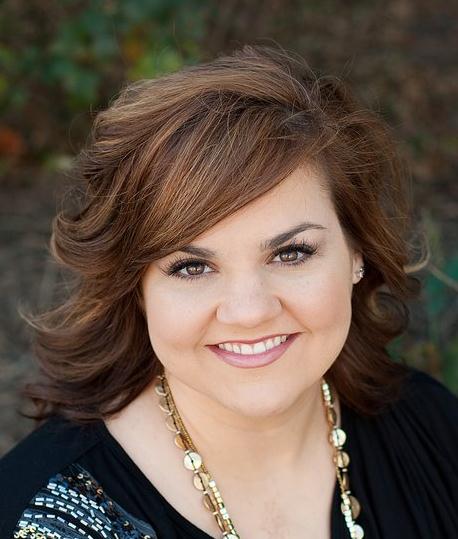By Maria Gallagher, Legislative Director
gallagher@paprolife.org
The Millennial Generation has grown up with an explosion of technology — the expansion of the Internet, the invention of the iPhone, the birth of social media, the advent of Skype.
 But the 21st century could also be known as a time of great progress against abortion.
But the 21st century could also be known as a time of great progress against abortion.
Real limits have been placed on abortion, thanks to the passage of the partial-birth abortion ban at the national level, late-term abortion bans, dismemberment abortion bans, and other legislation at the state level.
The Guttmacher Institute, the former research arm of Planned Parenthood, reports that abortion rates are at their lowest level since 1973, the year Roe v. Wade became the law of the land. The most recent recorded rate is 16.9 abortions per 1,000 women aged 15-44, well below the record high of 29.3 per 1,000 women in 1981.
It’s been estimated that more than 3,500 pregnancy help centers are now in operation across the U.S. and, as the pro-abortion lobbying group NARAL ruefully notes, these centers vastly outnumber abortion facilities. Pregnancy centers provide comprehensive counseling and assistance to women facing unexpected pregnancies, offering everything from diapers to day care referrals. Women have even been known to request that pregnancy center volunteers serve as their companions during the birthing process.
Students for Life groups have grown exponentially on college campuses, and March for Life attendance has been boosted by the throngs of high school and college students who descend on Washington, D.C. each January 22.
4D ultrasound pictures have become prominent on Facebook and Twitter pages, websites and blogs. The humanity of the unborn child has been well-documented in these social media images.
Certainly, much work remains in making abortion unthinkable. More than 57 million Americans have died from legal abortion since it began nationwide in 1973. Pro-abortion groups continue their national assault on the rights of preborn children, while failing to recognize the devastation abortion has caused for generations of women.
Still, in just the first two decades of the 21st century, much headway has been made in scaling back abortion on demand. This should be the century when the disastrous era of Roe v. Wade finally comes to an end.


 when viewing an ultrasound-guided abortion—and seeing the goodness and kindness of the 40 Days for Life members standing vigil outside the abortion center door—walked bravely to “the other side.” She now assists those who work within the abortion industry to find a safe way out. You can learn more about her And Then There Were None ministry at
when viewing an ultrasound-guided abortion—and seeing the goodness and kindness of the 40 Days for Life members standing vigil outside the abortion center door—walked bravely to “the other side.” She now assists those who work within the abortion industry to find a safe way out. You can learn more about her And Then There Were None ministry at 
